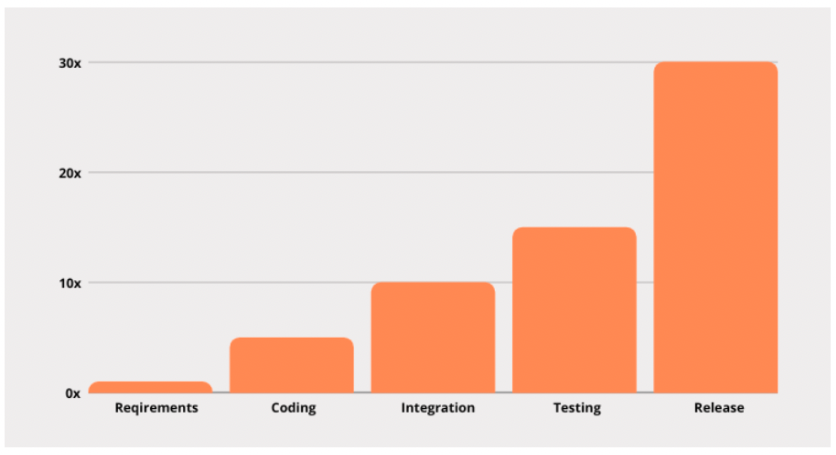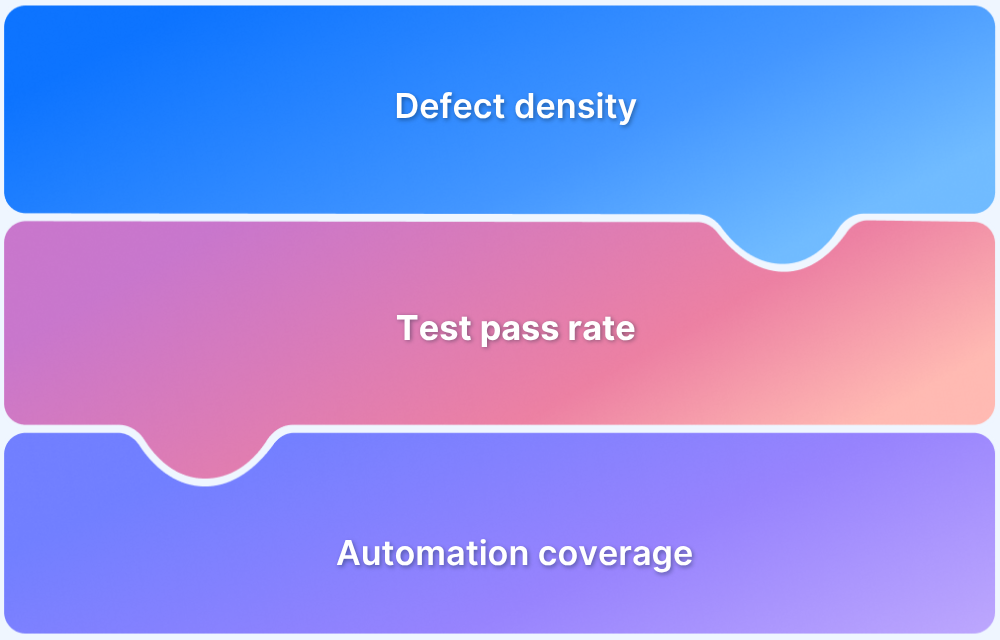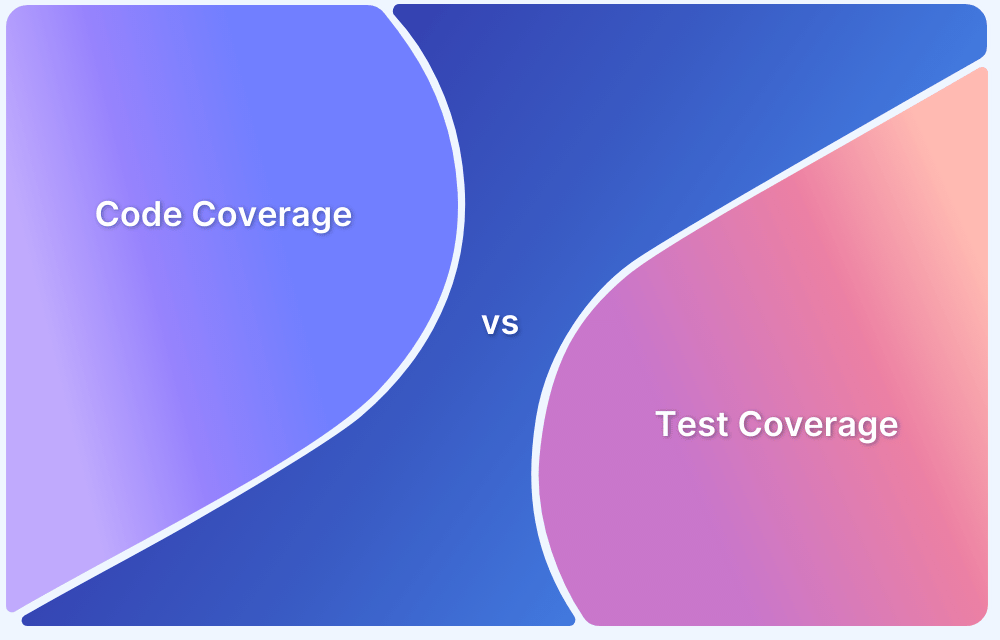Code review and code quality are important checkpoints in the software development lifecycle, enabling teams to identify potential issues and evaluate source codes before code deployment.
Overview
What is Code Review
A structured process in software development where developers collectively examine source code written by their peers to improve overall software quality, reliability, and maintainability.
What is Code Quality
Code quality is a general evaluation of software source code that checks its effectiveness, reliability, and maintainability.
Code Review Benefits
- Early detection of bugs
- Promotes Agile Development
- Tutoring Newbies
- Team Building Activity
Code Quality Importance
- Improves Software Reliability
- Seamless Collaboration
- Stronger Security
Read this article to learn more about the code review and quality, along with their primary differences.
What is Code Review?
Source: MathWorks
Code Review is a process where the complete code of a software application is divided into small parts, and then the parts are reviewed by senior developers and managers. The primary goal of Code Reviewing is to track errors and early bugs the ensure that the source code is in its cleanest possible state. This process is a crucial part of the DevOps cycle and is generally conducted before the QA testing.
Why Should You Always Review Code?
Listed below are some of the advantages of the code review
- Early detection of bugs: Reviewing code helps detect bugs early in the app development process. During a software development process, it is also cheaper to fix the issues in the earlier stages. Hence, code review leads to a decrease in the overall cost of the software development process.
- Promotes Agile Development: Agile testing mandates delivering quality services on time. Implementing the code reviewing step will help develop a quality product that is free of critical bugs and follows standard compliances.
- Tutoring Newbies: If a new employee has written the software development code, the senior managers should spend some time reviewing it and providing constructive feedback. In this way, the new employee understands the standards followed by the company.
- Team Building Activity: The code reviewing activity and feedback session are carried out by sharing knowledge and expertise between the senior and junior employees. In this way of sharing constructive feedback, employees can learn about their strengths, points of improvement, etc.
Difference between Code Review and Testing
Code Reviewing is the process of code exemption by leads and managers. This could lead to the detection of bugs, compliance with industry standards, simplifying the code structure, etc. The main aim is to improve the quality of the code and to ensure the proper functioning of the code.
On the other hand, Testing Phase is a considerable part and time-consuming process of software development. Code review involves reviewing several sections of the code to check for structural issues, minor bugs, etc. The testing phase will involve the code being executed multiple times to check if all the features and functionalities are working as intended.
Can Code Review replace testing?
This scenario is not possible at all. Even if you have a stringent code review process in place, you cannot deploy the final product without getting it tested. The reason is:
- Code Review helps in rectifying minor errors and ensuring that the code is clean and free from bugs. Testing is needed to ensure that all features and functionalities are working as intended.
- As the code structure gets more extensive and complicated, it gets harder to detect all the critical bugs just by performing code reviews.
Also Read: Software Testing Strategies and Approaches
The Code Reviewing ensures that:
- The code structure is readable
- Code performance is optimal
- Code is standard compliant
Hence, code review and testing are crucial for an efficient software application development process, and one cannot replace the other.
How can QA participate in Code Review?
The QA code review process comes under the static testing process, which QA generally conducts for the early detection of bugs. Testers have solid observational skills that ensure that the code follows all the essential protocols.
Some of the tips for QA testers to participate in code review are:
- Try to understand what each code section is supposed to do.
- Pair testers with experienced employees in reviewing code for mentorship.
- Encourage the learning process. It is understandable if QA testers cannot make sense of anything in the code at first. They must put in some time and effort to understand the coding language.
Code Review Checklist
A code review checklist can help you conduct the process in a structured manner and ensure that you don’t miss out on anything important. Here is a must-have list for code reviews:
Code Review Checklist:
- Identify syntax errors
- Verify functionalities
- Readability of the code
- Maintaining Coding Style
- Checking for Duplicates
- Ensuring Proper Documentation
- Finding scope for improvement
- Identify syntax errors: Code review is a great way to identify simple bugs like misspelled variables, syntax errors, parameters in the wrong sequence, etc.
- Verify functionalities: Code reviewers are supposed to ensure that all the major functionalities of the code are working as expected. If they are not working, they can raise a flag to the development team right away to get it fixed.
- Readability of the code: It is essential to check if the code structure is good and self-explanatory.
- Maintaining Coding Style: Generally, all the application development teams define a coding style in advance. Make sure that you follow the same coding style while reviewing the code.
- Checking for Duplicates: Sometimes, junior developers are not aware of the existence of a particular library or function. Hence, they might go all the way and create a new library. You might want to check the code structure for all these types of duplicates.
- Ensuring Proper Documentation: Ensure each step in the code review process is documented correctly, especially if you have implemented new lines of code or edited existing code.
- Finding scope for improvement: Look for any scope of improvement in the existing code.
Difference between Code Quality and Code Review
Code review refers to the process of examining source codes to detect potential errors while code quality refers to the attributes that decide the reliability and maintainability of the source code. Here are the main differences between code review and code quality.
| Factors | Code Review | Code Quality |
|---|---|---|
| Definition | A systematic process of examining source code by peers to identify potential improvements and issues. | The overall standard and feature of source code that determine its effectiveness, maintainability, and reliability. |
| Primary Objective | Identifying bugs, improving code design, and sharing knowledge among developers | Ensuring code meets technical standards, performance criteria, and design principles |
| Focus Areas |
|
|
| Evaluation Method | Manual testing by experienced developers, supported by advanced tools | Measured through metrics, automated tools, and quality assessment frameworks |
| Timing in Development | Done after code completion, before merging or deployment | Continuous process throughout the software development lifecycle |
| Tools Used | Version control tools, code review platforms, etc. | Static code analysis tools, complexity measurement software |
Read More: Bug vs Error: Key Differences
What is Code Quality?
Code quality is a general evaluation of software source code that checks its effectiveness, reliability, and maintainability. It helps in improving overall readability, performance, security, etc. High-quality codes are easily understood, modified, and extended, while efficiently solving the intended technical problem with minimal complexity.
The core attributes of code quality include being functional, consistent, well-documented, and free of bugs and errors. By analyzing codes, development teams can enhance software reliability, improve team collaboration, and create more sustainable and scalable software solutions.
Read More: What is Reliability Software Testing
Importance of Code Quality in Quality Assurance
Ensuring good code quality helps in establishing a strong foundation for software reliability, performance, and maintainability. It helps ensure that the software meets functional requirements, minimizes potential errors, etc.
Here are reasons why code quality is an important aspect of quality assurance:
- Reduces Potential Bugs: Helps identify and prevent potential software defects early in the development lifecycle.
- Improves Software Reliability: Creates more stable and predictable software systems to understand, modify, and update for future development.
- Fruitful Collaboration: Enables smoother team communication and knowledge transfer.
- Strong Security: Helps to identify and reduce potential security vulnerabilities.
How to Measure Code Quality?
Here are some of the steps to be followed for measuring code quality with the developer’s team:
Measuring Code Quality:
- Analyze code structure with measurement tools
- Create evaluation frameworks
- Evaluate the source code for potential issues
- Conduct manual code review
- Evaluate overall performance
- Conduct security checks
- Create report
- Step 1: Use code quality measurement tools to understand and analyze deep insights into code structure and major issues.
- Step 2: Teams can create consistent evaluation frameworks applicable across different projects and development environments.
- Step 3: Use scanning tools to check the source code, identify potential issues, perform performance reviews, etc. This helps generate reports by highlighting the immediate improvements that are required.
- Step 4: Conduct manual code review with experienced developers, including line-by-line checking, evaluating code readability, and examining architectural design.
- Step 5: Evaluate the overall performance by defining important parameters like execution time, memory consumption, and resource utilization.
- Step 6: Conduct proper security checks by validating authentication mechanisms, checking input validation processes, and detecting security vulnerabilities.
- Step 7: Lastly, create high-quality reports by mentioning improvement areas, and supporting data-driven decision-making.
Best Practices to Improve Code Quality
Here are some of the key practices for code quality enhancement:
- Maintain uniform coding style, readability, and structure across projects.
- Create robust unit tests, integration tests, and end-to-end tests with high coverage.
- Perform regular code reviews to identify improvements and share knowledge.
- Write focused, reusable code following SOLID principles and minimizing complexity.
- Use automated quality tools for static code analysis, continuous integration, and performance monitoring.
Conclusion
The QA code review process should include automation testing, detailed code review, and internal QA. Automation testing checks for syntax errors, code listing, etc., and saves time and effort. The detailed code review process includes identifying bugs, standard compliance violations, readability, etc. The Internal QA process ensures that the code meets the functional requirements.
Code review helps in knowledge sharing, identifying bugs, maintaining compliance, increasing collaboration, and enhancing security. Code quality also directly impacts an organization’s technological performance and efficiency. By establishing clear standards, implementing systematic review processes, and using advanced assessment tools, companies can ensure their software meets high-performance benchmarks.








